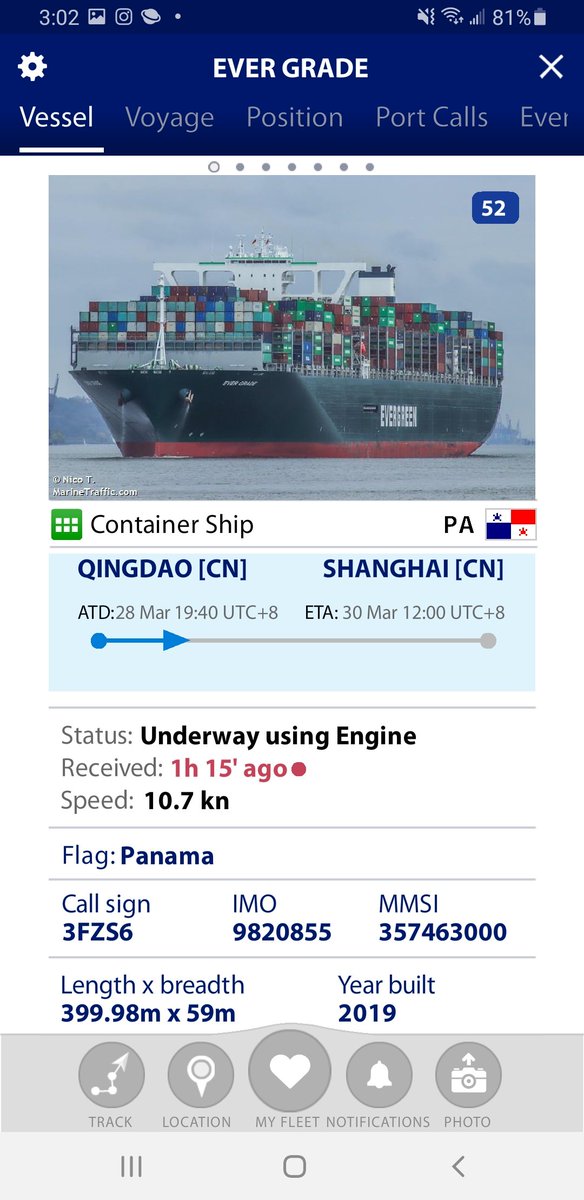
1/The latest from @LexNextDC in @TheNatlInterest on #sealift. The focus in the article is on the 45 surge sealift ships held by @DOTMARAD and 15 by @MSCSealift being 45 years old & declining readiness. It focuses on some options but misses the biggest problem...
https://twitter.com/TheNatlInterest/status/1389641339822911495
2/"Buying new ships built in U.S. shipyards is prohibitively expensive. Building new ships in foreign yards is politically and strategically unattractive."
This leaves few options to rectify this situation and ensure the US can deploy forces from CONUS...
This leaves few options to rectify this situation and ensure the US can deploy forces from CONUS...
3/Option one is, "to purchase commercial vessels which would then be converted to become militarily useful for the Ready Reserve Force."
The problem is the commerical market is on fire and ship prices have spiked, nearly quadrupled.
gcaptain.com/hot-market-qua…
The problem is the commerical market is on fire and ship prices have spiked, nearly quadrupled.
gcaptain.com/hot-market-qua…
4/They also advocate that these new pricey used ships could be modified into:
"A multi-mission design would enhance the ability of the U.S. surge fleet to support large-scale or complex military operations..."
"A multi-mission design would enhance the ability of the U.S. surge fleet to support large-scale or complex military operations..."
5/"Such a design combines the best features of container, roll on/roll off, and heavy lift into one unit which offers versatility for operations in a contested environment."
While this sounds great, it is basically the CHAMP program in a new package...
news.usni.org/2020/01/30/nav…
While this sounds great, it is basically the CHAMP program in a new package...
news.usni.org/2020/01/30/nav…
6/Instead of buying used foreign ships that will be more expensive than envisioned & be near the end of their useful service life, the US needs to revitalize American commercial shipbuilding.
In the World Wars & Cold War, the Navy tapped into the commercial merchant marine...
In the World Wars & Cold War, the Navy tapped into the commercial merchant marine...
7/In World War One, the US Shipping Board program was used to fill the Navy's fleet of auxiliaries. Type 1024 Hog Islanders were used as transports and tenders. Tankers became oilers & cruise ships as troopships... 

8/The Maritime Commission in WW2 did this on an even grander scale. Of the first 50 ships built by the Maritime Commission, 37 were taken over by the Army & Navy.
The common design discussed by @LexNextDC should be commercial ships being built in US yards...
The common design discussed by @LexNextDC should be commercial ships being built in US yards...

9/When shipbuilding slowed in American yards due to economics or foreign competition, the US spurred construction by building vessels and leasing them to American firms. We did this 1916, 1936 and 1950. It may be time for a similar program today.
Sea Power = Navy & Commercial
Sea Power = Navy & Commercial
• • •
Missing some Tweet in this thread? You can try to
force a refresh









